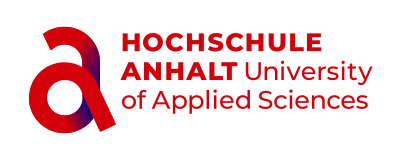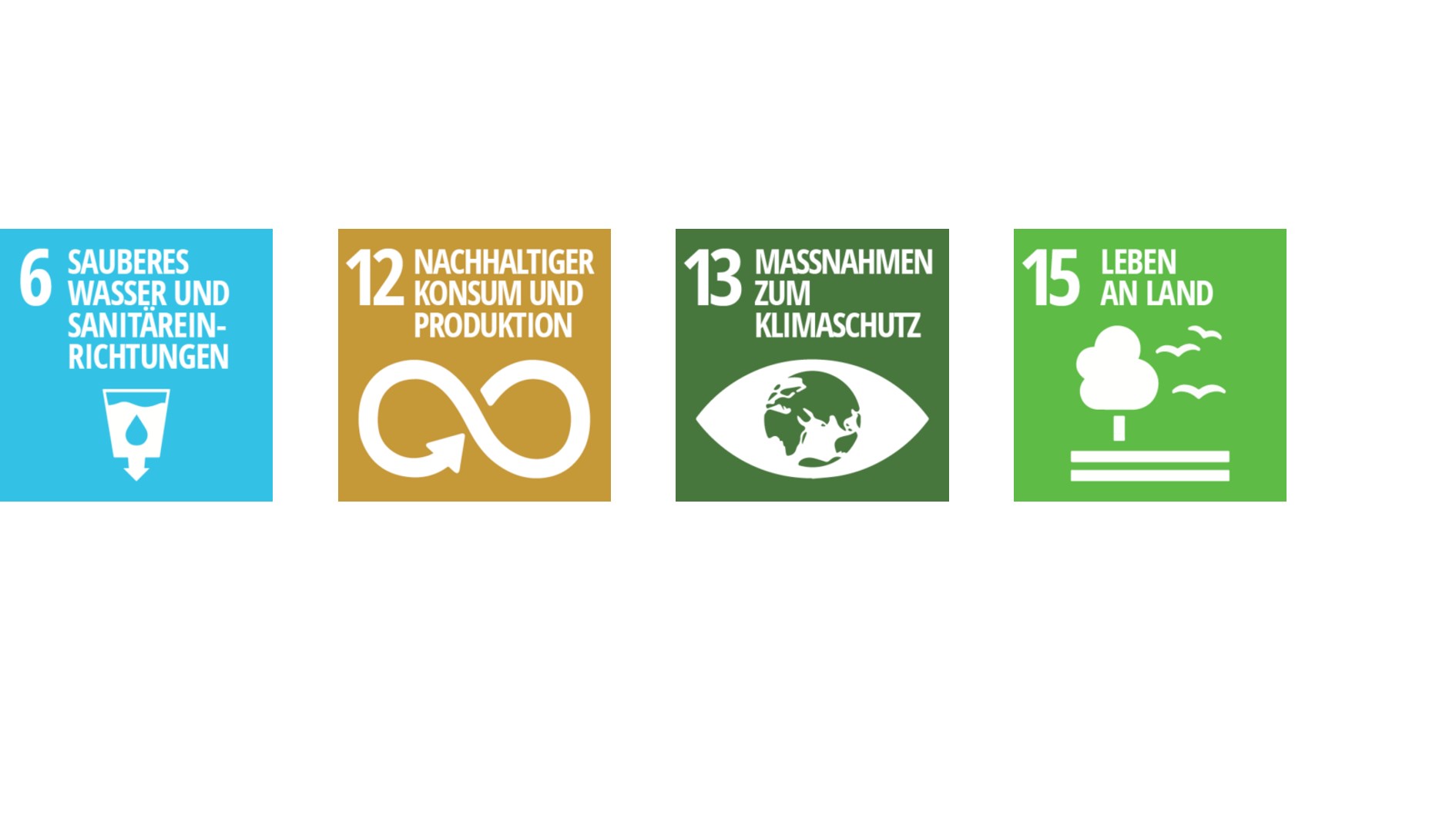Strip-Till farming to reduce pesticides and promote beneficial insects and wild forbs on arable land (ReNuWi)
Motivation of the project
Motivation of the project
Worldwide, intensification and thus the use of synthetic chemical pesticides in agriculture is regarded as one of the main causes of the decline in biodiversity. Biodiversity is the basis for important ecosystem services, such as soil fertility, pollination, pest control. Herbicides and insecticides usually act non-specifically on pests and beneficial insects, creating negative feedback effects in that the increasing loss of natural enemies leads to an increase in weed and insect pest pressure. In order to break this vicious circle, measures to strengthen biodiversity are absolutely necessary in addition to reducing the use of synthetic chemical plant protection products. The overriding goal must be to reduce the use of synthetic chemical pesticides, to ensure that they are technically feasible and at the same time to minimise yield and quality losses.
Project aims:
- Reduction of chemical-synthetic pesticides in conventional arable farming through the combination of highly precise mechanical and chemical crop protection methods.
- Reduction of fungicide applications by redesigning the stand architecture and, if the need for plant protection nevertheless arises, the use of an application technology that is precise to the infested area.
- Integration of native wild forbs in conventionally managed cropland as living mulch to suppress weeds, increase biodiversity and promote beneficial insects.
- Maintaining and increasing soil health and thus plant fitness through a permanent and diverse plant cover and the absence exposure to chemical-synthetic pesticides.
- Testing the economic applicability of those innovative methods compared to the usual land management on medium-sized farms.
Work package 1: Cultivation of crops using the strip-till method
Work package 1: Cultivation of crops using the strip-till method
In a 4-fold replicated large plot trial, the crops winter wheat, maize, field beans and winter durum are established in strip-till cultivation. The trial plots are each 9 x 47 m, randomised and cultivated with conventional technology. In strip-tillage, the crops are cultivated at a distance of 50 cm. Maize and field beans are grown in single rows, cereals in double rows. The area between the crop rows remains uncultivated and, depending on the variant, is kept free of weeds chemically or mechanically or prepared for the targeted sowing of cultivar mixtures and wild forb mixtures (see WP2).
Sowing and fertilisation are carried out based on typical regional experience or according to the fertilisation requirements determined in compliance with the Fertiliser Directive. Plant protection is oriented on the variants of work package 2.Responsible: German Agricultural Society
Work package 2: Establishment of native wild forbs in inter-rows
Work package 2: Establishment of native wild forbs in inter-rows
Based on experience from other projects, wild forb seed mixtures adapted to the arable crops will be developed and sown under practical conditions in the inter-rows of the strip-till cultivation system. For comparison, conventional cultivation methods and cultivar mixtures are also tested::
- Conventional, chemical-synthetic crop protection without inter-row greening
- Mechanical weed control of the inter-rows without inter-row greening
- Crop-specific, annual cultivar mix as inter-row greening
- Crop-specific, annual wild forb mixture as inter-row greening
- Less species-rich, perennial wild forb mixture as inter-row greening
- More species-rich wild forb mixture as inter-row greening
The aim is to use the established vegetation in the inter-rows as living mulch as well as a measure for biological plant protection (promotion of pest antagonists) in order to reduce the use of chemical-synthetic pesticides to a necessary minimum. In all variants, high-precision band spraying allows chemical-synthetic pesticides to be used in the crop rows, depending on the damage thresholds, without affecting the vegetation in the inter-rows.
Responsible: all partners
Work package 3: Development of row-adapted hoeing, spraying and maintenance technology
Work package 3: Development of row-adapted hoeing, spraying and maintenance technology
The basic equipment provided for the project is a 3 m-Schmotzer hoe (6 rows of 50 cm each) with mulch-capable hoeing tools and an Amazone front tank (FT-P 1502) as a field sprayer with band spraying equipment. The hoe is also equipped with a seed hopper (Green-Drill) for the precise metering and placement of seed mixtures between the rows of crops.
Within the framework of the project, new row-oriented knife rollers are being developed to reduce the biomass of the living mulch (sown forbs and spontaneous established plants) in 50 cm strip cropping. The equipment and tools developed are being used and supervised by Schmotzer Hacktechnik experts on site in the respective crops. The knowledge gained from the practical applications is incorporated into the further development of the machines.
Dropleg nozzle systems are provided for the Amazone UF crop protection sprayer available at the IPZ trial farm and adapted to the modified crop architecture. The conversion requires on the one hand a partial deactivation of existing spray nozzles and on the other hand a crop height dependent adjustment option for the farmer. Both must be operationally feasible in such a way that the conversion can be carried out quickly and safely during the growing season. The dropleg system allows pesticides to be applied laterally into the crop stand without affecting the inter-rows.Responsible: Schmotzer Hacktechnik
Work package 4: Impact monitoring
Work package 4: Impact monitoring
Work package 4.1: Crops and pests (DLG)
The harvest crops maize, field beans, winter wheat and winter durum are established in the field according to the location and at times typical for the region. The crops are evaluated for each variant according to their stand development and closely monitored up to harvest for nutrient requirements, disease and pest infestation and important yield factors. A final yield and quality assessment is carried out. The assessments can identify any competitive effects with living mulch, but also take into account effects on disease or pest development.
Work package 4.2: Wild forbs and beneficial insects (HSA)
After the implementation of the trial, the developing vegetation and selected groups of beneficial insects in the inter-rows are regularly assessed. In all variants, the total cover and average height of the vegetation, the species composition and the flowering phenology are recorded on permanent plots. For selected groups of beneficial insects (e.g. hoverflies, wild bees), flower use will be assessed on selected variants. Ground beetles and spiders are sampled using pit fall traps (2x for one week each in June/July), and wild bees and hoverflies with net catches (five transect surveys between April and August).
Work package 4.3: Soil (DLG)
Changing management systems, especially with the integration of different plant communities and cover types and times, have an impact on soil parameters. In order to record these changes, the following soil parameters are investigated:
- Nutrient content (N, P, K) at soil depths of 0-30 cm, 30-60 cm and 60-90 cm (VDLUFA standard).
- Humus content at soil depths of 0-30 cm (VDLUFA laboratory standard)
- Microbial activity at 0-10 cm (bait strip method; Römbke 2014)
Work package 4.4: Plant protection (DLG)
The main objective of the project is to reduce the use of synthetic chemical plant protection products. The effective reduction is investigated through the use of corresponding active substances in a comparison of variants at the same location. In order to obtain information on the actual environmental impact of the change in the use of plant protection products, the following parameters are recorded for each variant and crop and then evaluated in relation to each other:
- Time at which relevant damage thresholds are reached
- Type of effect (herbicide, fungicide, insecticide, growth regulator)
- Active ingredient group
- Time of application of an active ingredient
- Application rate of an active ingredient
- Proportion of area treated
- Effectiveness
Work package 4.5: Economic efficiency (DLG/Schmotzer Hacktechnik)
Due to the practical implementation of the question via large-scale trials and the use of commercially available machines as well as the recording of all costs and revenues, an economic evaluation of all variants can be carried out.
Work package 5: Knowledge transfer and public relations
Work package 5: Knowledge transfer and public relations
The broad-based consortium of DLG, Anhalt University of Applied Sciences and industrial partners, as well as the associated partners with a high multiplier effect, guarantee a practice-oriented transfer into training and further education as well as into the further development of innovative technologies.
Responsible: all partner
Lead partner
German Agricultural Society (DLG), Siv Biada, s.biada[at]dlg.de
Project partner
·Anhalt University of Applied Sciences: Prof. Dr. Anita Kirmer (lead HSA), Prof. Dr. Christina Fischer, Prof. Dr. Sabine Tischew, M.Sc. Carolin Feimer
· Schmotzer Hacktechnik: Thomas Bedenk, thomas.bedenk[at]schmotzer-ht.de, Stefan Kiefer, stefan.kiefer[at]amazone.de
Associated partner
· Landesanstalt für Landwirtschaft und Gartenbau Sachsen-Anhalt, Dr. Matthias Schrödter
· Stiftung Kulturlandschaft Sachsen-Anhalt, Dr. Jens Birger
· Bauernverband Salzlandkreis e.V.
· Thünen Institut für Biodiversität, Dr. Petra Dieker
· Gut Holzhausen, Gunther Lötzke
· Meine und Claus GbR, Jörg Claus
Funded by: The German Federal Environmental Foundation
Project number: 35918/01-34/0
Duration: 8/2021 - 12/2024





